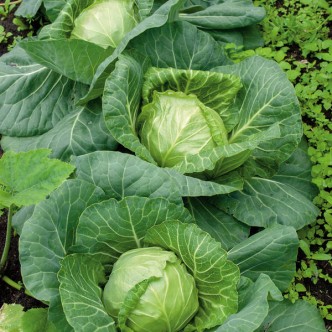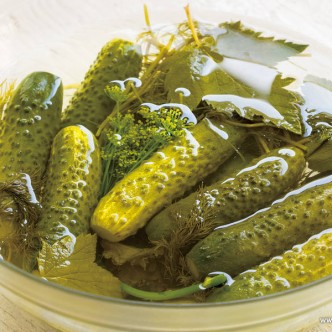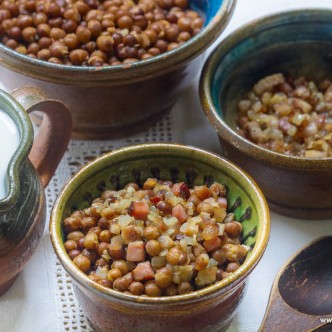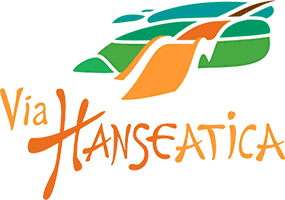Vegetables
Livonia did not have the potatoes and tomatoes we are so fond of nowadays. Cabbage was consumed both fresh and fermented. Also turnips, parsnip, peas, beans, and later carrots and beets, as well as mustard, horseradish, onions and garlic were cultivated. For the winter season vegetables were dried, fermented or salted.
SAUERKRAUT
In Livonian times cabbages were prepared for fermentation by cutting them into four pieces; nowadays they are finely grated into chips, generously sprinkled with caraway, also adding a bit of salt and sugar, pressed until the juice comes out, fermented and stored in a cool place. Sauerkraut was a great source of vitamins during the long winters. During the cold season sauerkraut was turned into a soup or prepared as a side–dish to the main course, consumed together with pork chop, meat balls or sausages.
SALTED CUCUMBERS
In the Livonian cuisine, salt had a significant role in preserving foods for a cold seasons. The cucumbers placed in a glass jar are poured over with pickle, where dills with whole stems and seeds, as well as other seasonings are added according to the cook’s taste: leaves of black currants, horseradish or cherries, garlic and pepper. The cucumbers are hold under the pressure at least until the next day. Cucumbers for winter storage are fermented, pasteurised and then stored in a cool place. Pickled cucumbers have different taste.
PEAS AND BEANS
Field beans and grey peas were food of the simple folk of Livonia, especially in pre-potato era.They are very filling, easy to store, easy to cook; you just need to boil them. Pea and bean soup was important ceremonial food of farmers. Consumed with roasted smoked pork and onions, as well as curdled milk. This is a traditional Latvian Christmas and New Year’s Eve meal. It is believed that you will not have to cry in the new year, if you eat all the peas served on the table.










